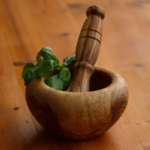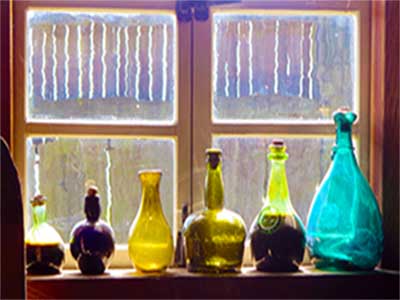Homeopathics
“Homeopathic Medicine At Home”
Homeopathy is a system of medicine with principles older than Hippocrates (who lived in Ancient Greece around Socrates’ time). It seeks to cure in accordance with natural laws of healing and uses “medicines” made from natural substances: animal, vegetable, mineral and nosodes.


Hahnemann gave up his practice of medicine and turned to medical translating as a livelihood. But he persisted in his lifelong goal to discover “if God had not indeed given some law, whereby the diseases of mankind would be cured.” His sense of frustration increased when one of his children became critically ill and he could do nothing for her. It was while translating lectures on the Materia Medica by William Cullen, Scottish professor of medicine, that Hahnemann stumbled upon the key to curing sick people. In this work Cullen claimed that cinchona bark, or quinine, cured intermittent fever (malaria) because of its astringent and bitter qualities.
by B. Panos M.D. and J. Heimlich, 1980
Frequently Asked Questions
How do I take my homeopathics?
How do homeopathic work in my body?
How long until I see results?
Will I have to stay on this remedy forever?
Why am I taking this remedy and not some other one that does the same thing?
Homeopathic Concepts
- ~ Consider the whole person
- ~ Suggest remedies based on the individual rather on the one-size-fits-all approach
- ~ Give the body the necessary tools, and it will heal itself
- ~ Eliminate root causes, not just the symptoms
- ~ Health is more than the absence of disease -- it is the sense of wellbeing of balance, and of personal freedom
Homeopathic Potencies
The two scales for diluting remedies are the decimal and the centesimal. In both cases the starting remedy is made from a mixture of the substance itself, which has been steeped in alcohol for a period of time and then strained.
For the decimal scale, 1/10 of this tincture is added to 9/10 alcohol and succussed. This first dilution is called size 1X. The number of a homeopathic remedy reflects the number of times it has been diluted and succussed. For the centesimal scale, 1/100 of the tincture is added to 99/100 alcohol and succussed. This first dilution is called 1C.
Paradoxically, a 6X remedy is a low potency remedy while a 200C remedy is high potency—again, the greater the dilution, the greater the potency.